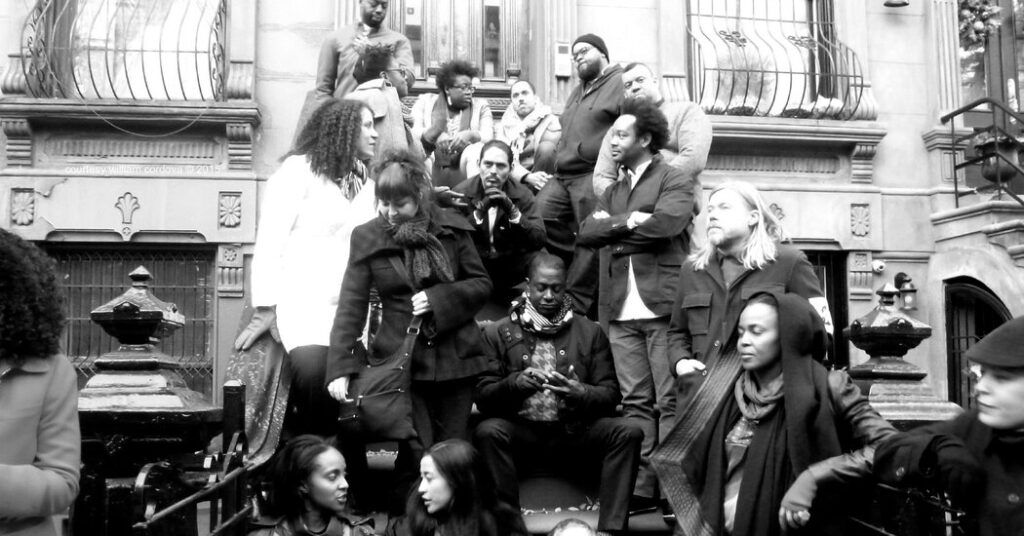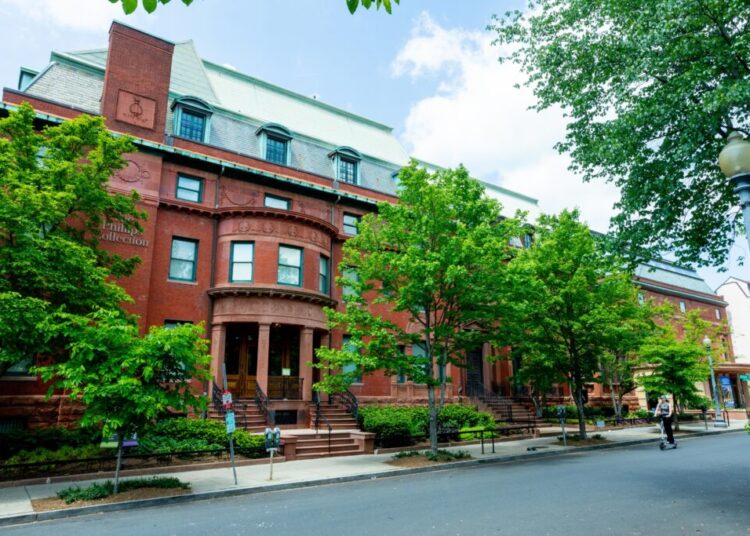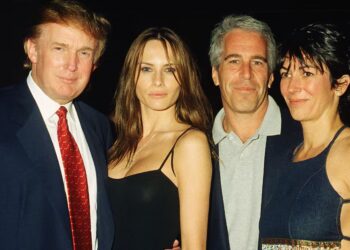The Studio Museum in Harlem’s artist-in-residence program has a storied history. Since its start in 1969, some of the most prominent Black artists working today have held residencies. More than 150 artists have participated in the program, working in media including painting, drawing, sculpture and performance.
The seven-month fellowship was conceived for visual artists of African and Afro-Latin descent. In the 1980s, the museum’s director, Mary Schmidt Campbell, formalized the program, standardizing its length and the number of artists.
Three artists are selected each year from a pool of applicants. (In 2020, during the pandemic, four residencies were awarded.) Those selected get studio space in the museum, a stipend of $37,500, along with regular visits with museum staff members and arts professionals from outside the museum.
Since its inception, the program has addressed a gaping deficit in the art scene: a dearth of platforms that support artists of color striving to find their way through a thicket of financial, familial and personal obligations, while making the art that’s true to their vision.
On the occasion of the museum’s reopening — the residency program remained open while the museum was closed for renovations — The New York Times spoke to alumni. They provide a glimpse of their experiences were and why this program is critical to Harlem, the New York art scene and the art world. These are edited excerpts from the conversations.
Sanford Biggers (1999-2000)
The post ‘Now I’m on the Stage’: 7 Artists on Their Museum Residencies in Harlem appeared first on New York Times.




